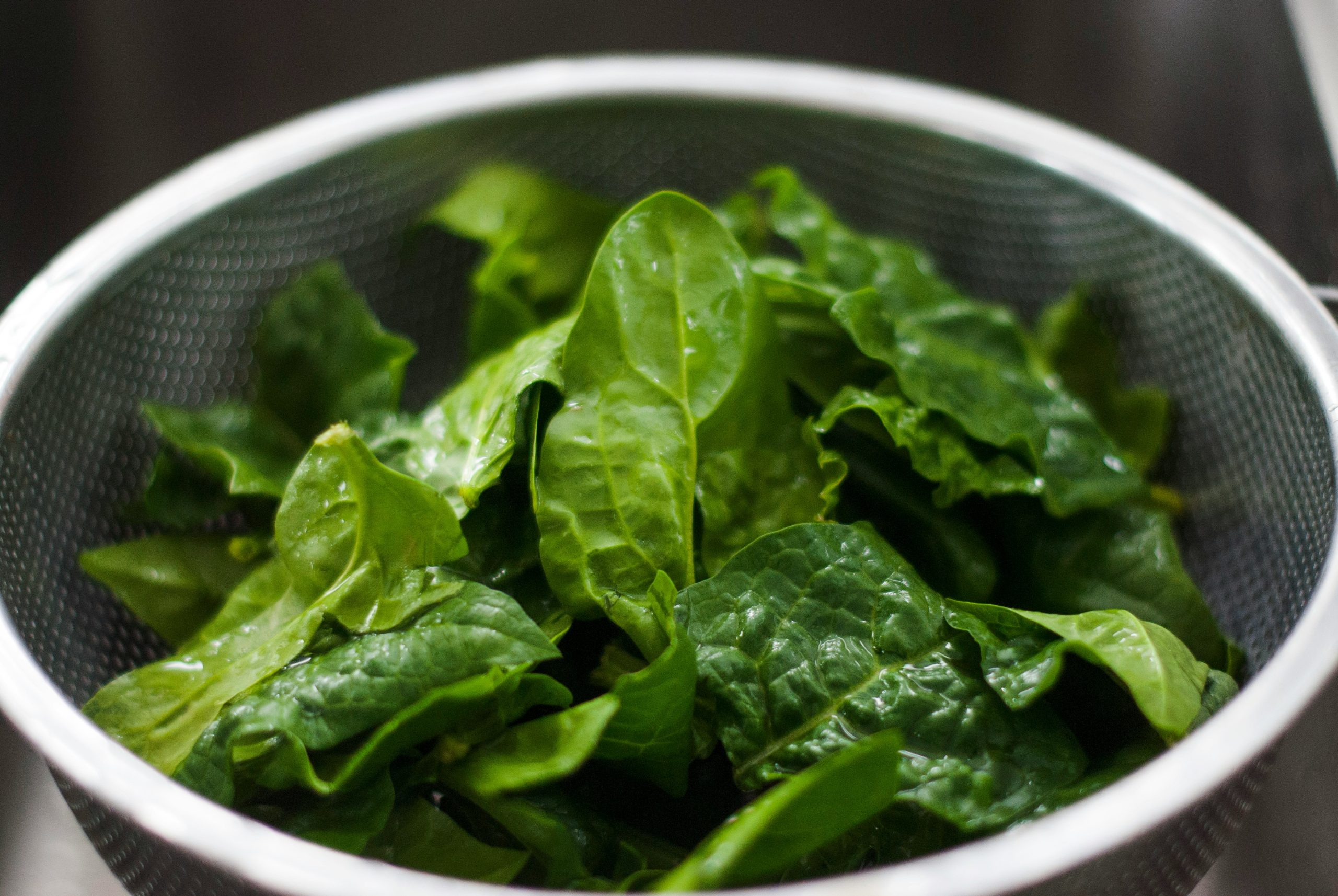**1. The Power of ‘Non-Starchy Vegetables’**
In a diabetic diet, vegetables are broadly divided into ‘starchy vegetables’ (like potatoes, sweet potatoes, corn) and ‘non-starchy vegetables.’ Spinach, along with lettuce, kale, and broccoli, is a representative non-starchy vegetable. They are very low in carbohydrates and rich in water and fiber, having a negligible effect on blood sugar.
**2. Why Can You Eat Them Freely?**
– **Very Low in Calories and Carbs:** A cup of spinach (about 30g) has less than 10 calories and only about 1g of carbohydrates.
– **Blood Sugar Stability:** They barely raise blood sugar, while their rich fiber content provides satiety, helping to prevent overeating of other foods.
– **Rich in Nutrients:** Spinach is packed with nutrients good for eye health, bone health, and circulation, such as iron, calcium, vitamin K, and lutein. This is very important for preventing diabetic complications.
**3. The Foundation of a Diabetic Diet**
The American Diabetes Association recommends the ‘Diabetes Plate Method,’ emphasizing filling half of your plate with non-starchy vegetables like spinach. This is one of the most basic and effective methods of blood sugar management. Of course, cooking methods that use excessive oil or salty seasonings should be avoided.
Summary: Dark leafy greens like spinach are considered ‘free foods’ that can be eaten freely without worrying about calories or carbohydrates. It is recommended to consume them sufficiently at every meal to increase satiety and stabilize blood sugar.


Leave a Reply